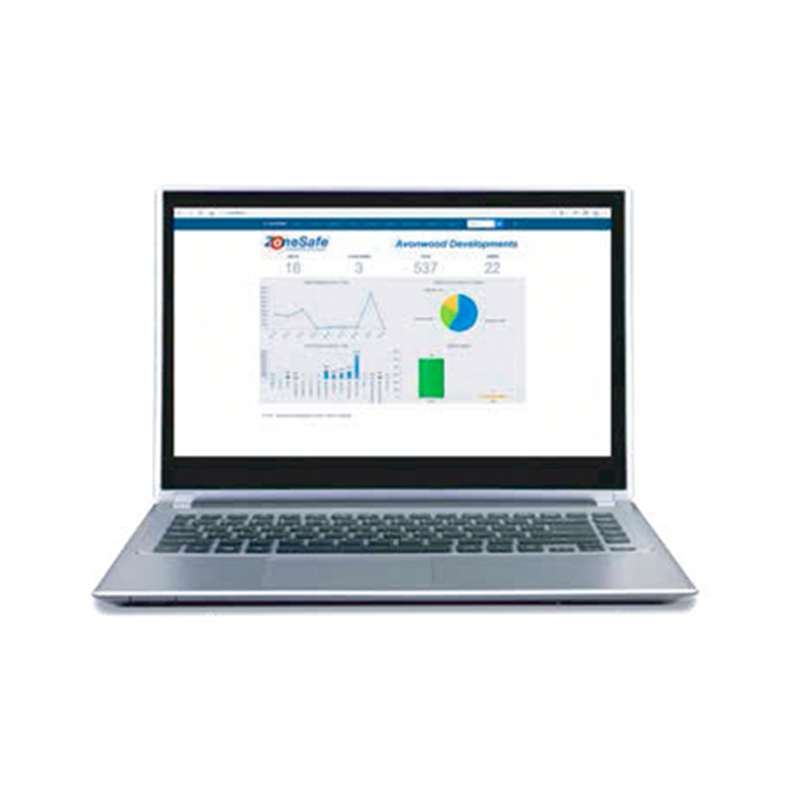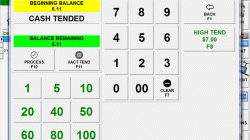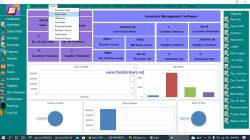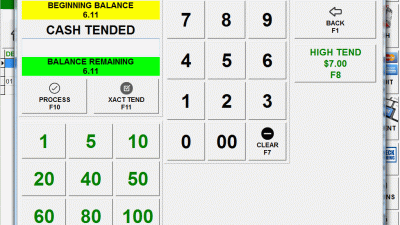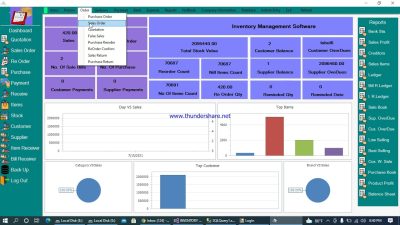
In the ever-evolving digital landscape, the term “safe software” has become increasingly crucial. But what exactly does it mean, and why is it so crucial? Safe software refers to applications and systems designed with security as a primary focus, aiming to protect users from various threats and vulnerabilities. This article delves into the world of safe software, exploring its significance, key principles, common vulnerabilities, and optimal practices for ensuring secure applications. We’ll also examine the vital function safe software plays in safeguarding data and privacy. So, let’s embark on this journey to understand how we can create and use software more safely.
Understanding the Importance of Safe Software
In today’s digital age, software is integral to almost every facet of our lives. From banking and healthcare to communication and entertainment, we rely on software to perform countless tasks. However, this reliance also makes us vulnerable to software vulnerabilities that can be exploited by malicious actors. Safe software is designed and developed with security as a primary concern, aiming to minimize these vulnerabilities and protect users from potential harm. The importance of safe software cannot be overstated, as it directly impacts the security and privacy of individuals and organizations alike.
Key Principles of Secure Software Development
Developing secure software requires a proactive and systematic approach. Several key principles guide secure software development practices. Firstly, the principle of least privilege dictates that users and processes should only have the minimum necessary access rights to perform their tasks. This limits the potential damage that can be caused by a compromised account or process. Secondly, defense in depth involves implementing multiple layers of security controls to protect against various types of attacks. This ensures that even if one layer is breached, others remain in place to offer additional protection. Thirdly, secure coding practices emphasize writing code that is complimentary from common vulnerabilities such as buffer overflows, SQL injection, and cross-site scripting (XSS). By adhering to these principles, developers can significantly reduce the risk of security flaws in their software.
Common Software Security Vulnerabilities
Software vulnerabilities are weaknesses in code that can be exploited by attackers to gain unauthorized access, steal data, or disrupt operations. Some of the most common software security vulnerabilities include: Buffer overflows, which occur when a program writes data beyond the allocated buffer, potentially overwriting adjacent memory and causing crashes or allowing attackers to execute arbitrary code. SQL injection, which allows attackers to insert malicious SQL code into database queries, potentially gaining access to sensitive data or modifying the database. Cross-site scripting (XSS), which enables attackers to inject malicious scripts into websites, allowing them to steal user credentials or deface the site. Understanding these common vulnerabilities is crucial for developers to implement effective security measures and prevent exploitation.
optimal Practices for Ensuring Safe Applications
Ensuring safe applications requires a combination of secure development practices, rigorous testing, and ongoing monitoring. Some optimal practices for ensuring safe applications include: Performing regular security audits to determine and address potential vulnerabilities. Implementing strong authentication and authorization mechanisms to control access to sensitive data and functionality. Using encryption to protect data in transit and at rest. Keeping software up to date with the latest security patches to address known vulnerabilities. Conducting penetration testing to simulate real-world attacks and determine weaknesses in the application’s security posture. By following these optimal practices, organizations can significantly improve the security of their applications and protect themselves from potential threats.
Related Post : financial reporting sofware
The function of Safe Software in Protecting Data and Privacy
Safe software plays a critical function in protecting data and privacy in today’s interconnected world. By implementing robust security measures, safe software can prevent unauthorized access to sensitive data, such as personal information, financial records, and intellectual property. This helps organizations comply with data protection regulations, such as GDPR and CCPA, and maintain the trust of their customers. Furthermore, safe software can protect users from privacy breaches, such as identity theft and online tracking. By using safe applications, individuals can have greater control over their personal data and reduce the risk of privacy violations.
In conclusion, prioritizing safe software development is not just a optimal practice; it’s a requirement. By understanding the risks, implementing robust security measures, and staying informed about the latest threats, developers and users alike can contribute to a safer and more secure digital environment. Remember, the security of our software is a shared responsibility, and vigilance is key to protecting ourselves from potential harm.
